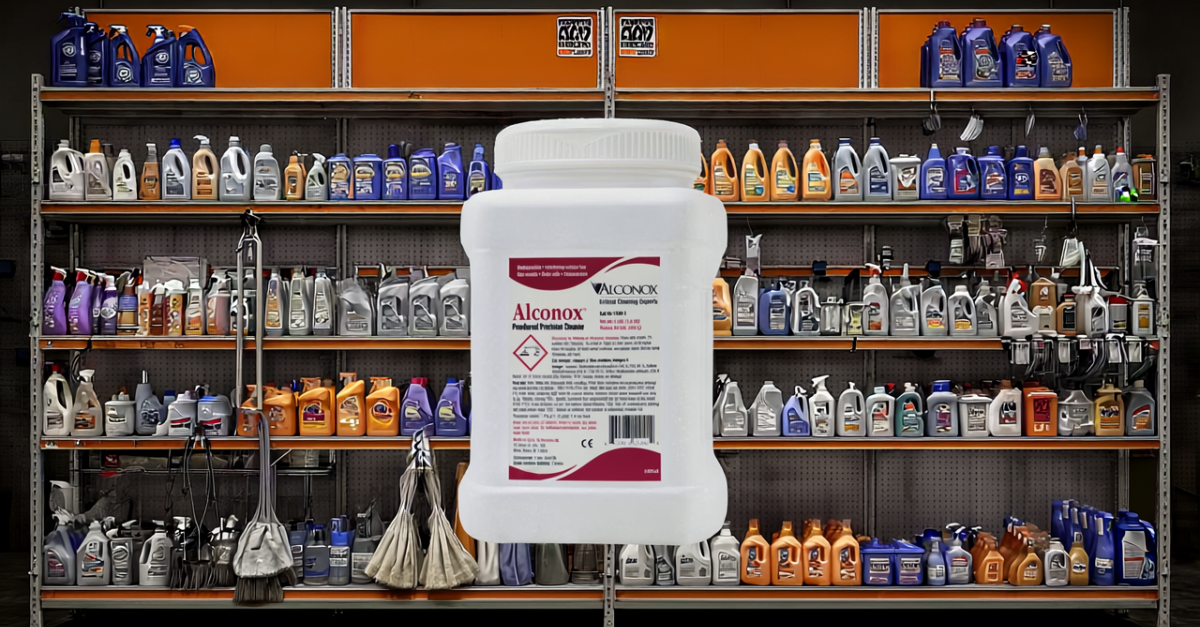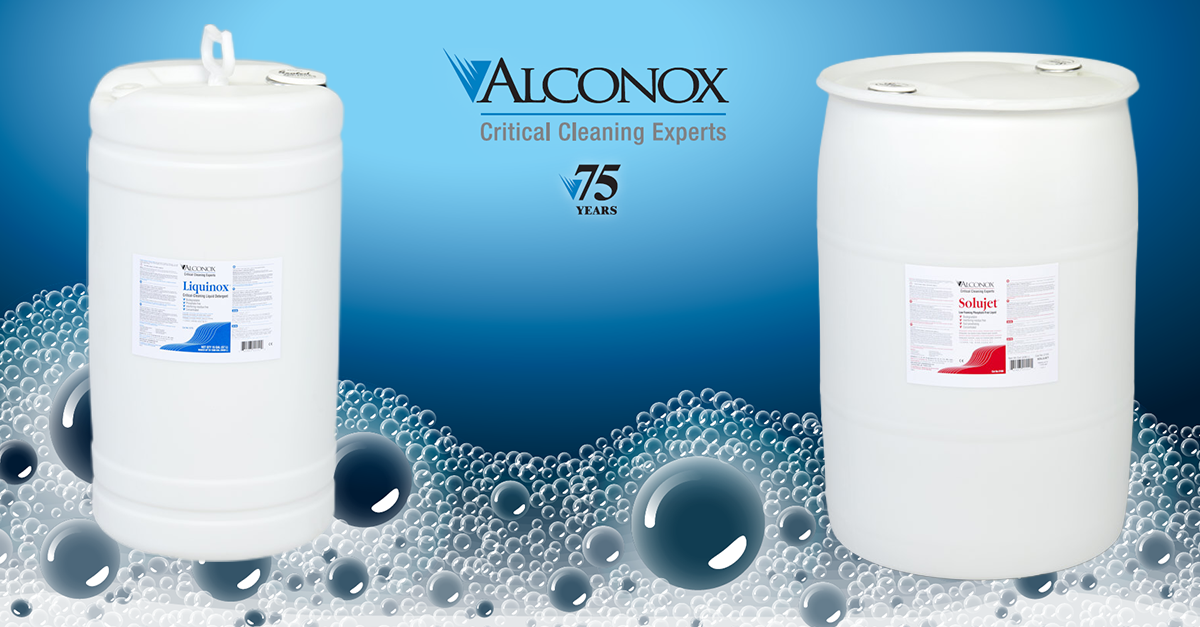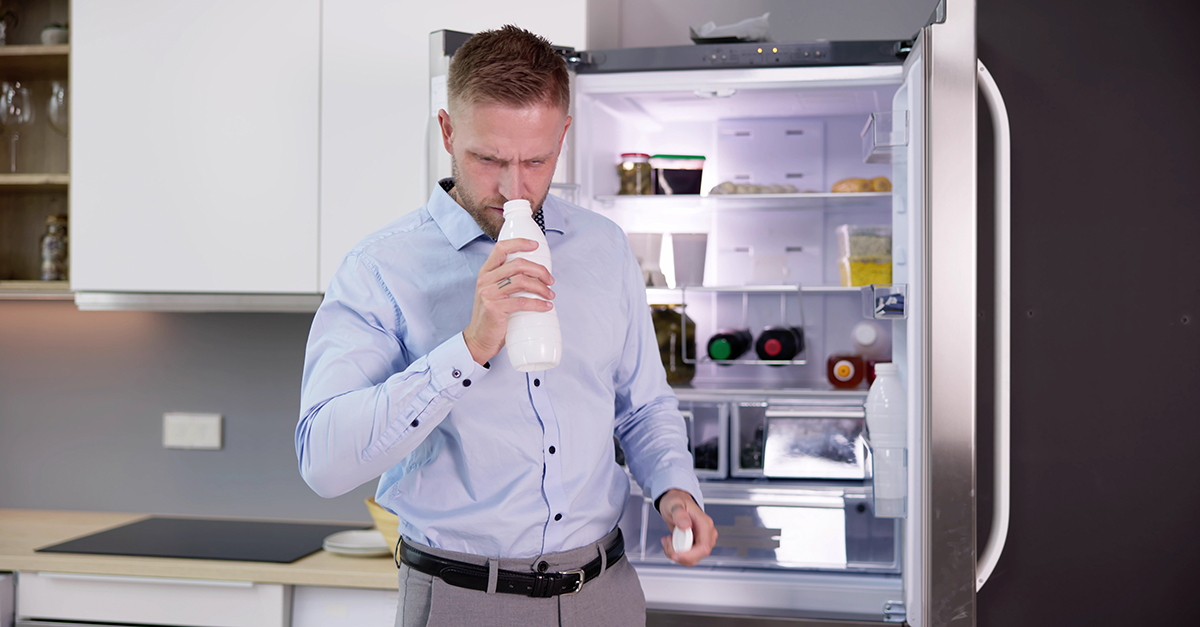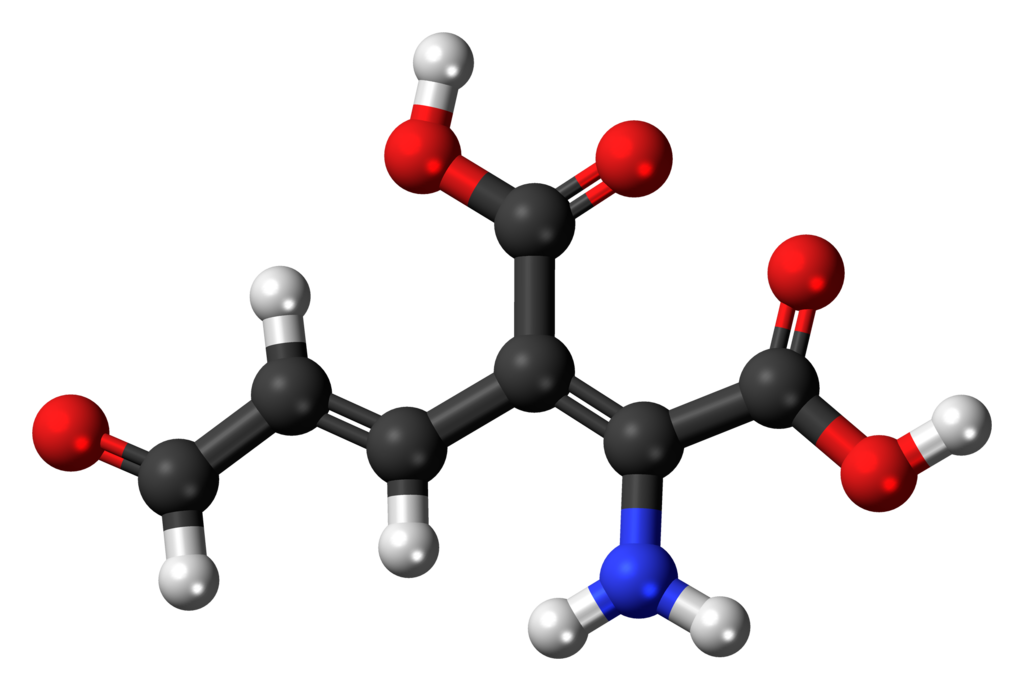
Q: Can you describe what is mean by chelation or chelating agents?
A: Chelation plays a two-fold role in aqueous critical cleaning applications. One is of course directly related to the cleaning, the other is part of the water component.
The latter, water related aspect, is a common issue faced by detergent formulations that are improperly built. Specifically, it is the presence of metal ions in water, normally referred to as water hardness. Whether we are talking about soap – essentially a C6 to C22 fatty acid salt – or about modern surfactants such as alkylbenzene sulfonates, both are affected by the binding of divalent metal cations such as magnesium, iron and calcium that are commonly found in hard water. The binding action of these cations may render surfactants unavailable, or reduce their availability for micelle formation by in some cases causing them to precipitate out of solution. This in turn can reduce or fully deplete a detergent of its cleaning capability.
There are multiple possible avenues to avoid this surfactant depletion through either builders and/or chelators. Builders either bind to cations and cause them to precipitate out of solution, or alternatively to sequester these cations and hold bind them while in solution and make them unavailable to interact with the surfactants. However, what is special about chelators is how they bind. Chelators – derived from the Greek word for claw – will form multiple bonds to multi-valent metal ions depending on the exact nature of the chelator used. The strong affinity of the chelator to the cation will keep it bound and soluble and thus avoid the surfactant from binding to the cation instead, keeping the detergency intact even in hard or salt water.
A variety of different substances can serve as chelators. The archetypical chelator that has been used for many decades in the formulation of detergents is Na4EDTA (tetra sodium ethylenediaminetetraacetate), other choices are citric acid (or salts thereof), sodium gluconate, phosphates, and also polymeric compounds such as sodium polyacrylate.
Chelators can generally be classified as hard chelants which would be EDTA, citric acid and sodium gluconate and soft chelants which would be mostly of polymeric nature such as sodium polyacrylate. The former bind strongly to metal ions with one chelator binding to one cation, the latter bind more loosely and the stoichiometry (ratio) of binding is variable.
All Alconox, LLC detergents are “well built” in that they contain chelators and/or builders. They will not be affected by water hardness under typical cleaning applications.
In addition to a water softening effect, chelators also play a large role in the actual critical cleaning action of a detergent. Take for example substrates that are coated in limescale (mostly calcium and magnesium carbonate). One way of solubilizing the carbonate minerals would be to attempt dissolving them in an acidic environment, allowing for the carbonate to form carbonic acid leading to the eventual release of carbon dioxide. Another pathway of dissolution here would be to use chelators. A chelator such as EDTA will sequester cations from the limescale and solubilize them leading to a different avenue of dissolution that does not require chemical modification and can be carried out at neutral or even basic pH.
Furthermore, certain soil residues such as those caused by milk products (high calcium concentration) can best be removed by detergents that contain chelators. In this case the chelator will remove metal ions that stabilize the soil and make it adhere to the surface more strongly through potential cross linking. After removal of the central metal ion the remaining soil can easily be lifted by the surfactants in the detergent and the end-user will be left with a now (critically) clean surface.
Similarly, chelators can help in removing stains caused by metal oxides. For instance, rust stains caused by leaving fine metal dust on surfaces can be removed with the help of a detergent that has been formulated with chelators.
To request any Alconox, LLC detergents for free, please complete the questionnaire at Get Sample. For more information about any one of our Alconox, LLC detergents, consult the technical bulletin for each product. Or click here to access each of our detergent’s Safety Data Sheets.
Do you have a critical cleaning question for the experts at Alconox, LLC? Search TechNotes to see if it’s been answered before or Ask Alconox.



